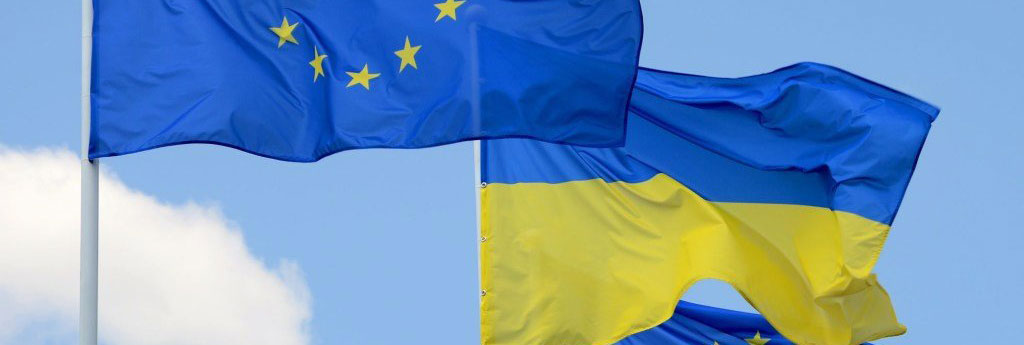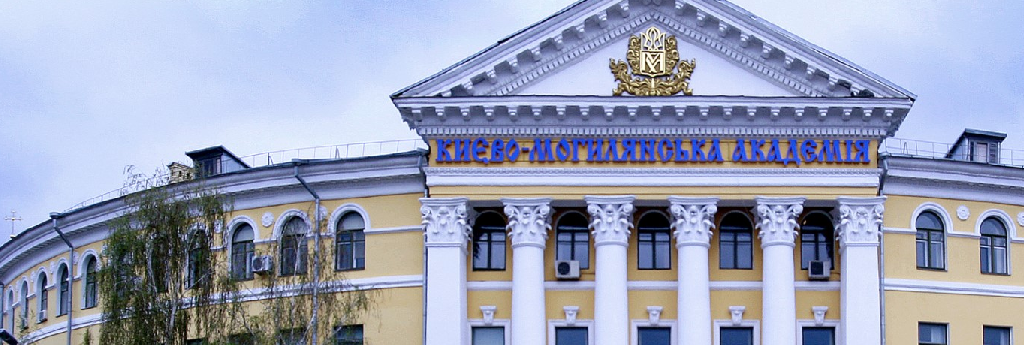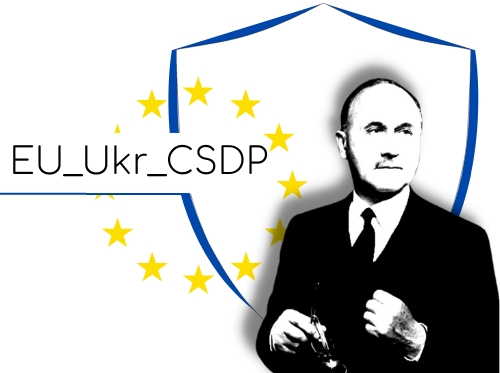Evolution of EU CSDP: A timeline of shaping

The Common Security and Defence Policy (CSDP) enables the Union to take a leading role in peace-keeping operations, conflict prevention and in the strengthening of the international security.
It is an integral part of the EU's comprehensive approach towards crisis management, drawing on civilian and military assets.
The scale and complexity of the inter-linked security threats and challenges that the EU is facing are beyond the capacity of a single Member State. That is why Member States decided to work closer together on EU level to build a strong Common Security and Defence Policy.
TIMELINE
▣ 1948 – Treaty of Brussels
The idea of a common defence policy for Europe dates back to 1948 when the UK, France, and the Benelux signed the Treaty of Brussels.
▣ 1954 – Western European Union
The agreement included a mutual defence clause laying down the foundations for the creation of the Western European Union (WEU), which remained until the late 1990s, together with NATO, the principal forum for consultation and dialogue on security and defence in Europe.
▣ 1992 – Petersberg tasks
Following the end of the Cold War and the subsequent conflicts in the Balkans, it became clear that the EU needed to assume its responsibilities in the field of conflict prevention and crisis management.
The conditions under which military units could be deployed were already agreed by the WEU Council in 1992, but the so-called «Petersberg Tasks» were now integrated in the 1999 Treaty of Amsterdam.
In addition, the post of the «High Representative for Common Foreign and Security Policy» was created to allow the Union to speak with ‘one face and one voice’ on foreign policy matters.
▣ 1999 – Treaty of Amsterdam
The Treaty of Amsterdam was adopted by EU Member States in June 1997 and entered into force in May 1999.
The Treaty codified a number of new structures and tasks for the EU’s Common Foreign and Security Policy (CFSP), and, although it did not create a common defence policy, it did increase responsibilities in the realms of peacekeeping and humanitarian work i.a. by creating closer links with the WEU.
▣ 1999 – Cologne European Council
At the Cologne European Council in 1999, Member States reaffirmed the Union’s willingness to develop capabilities for autonomous action, backed up by credible military forces. A key development was the «Berlin Plus agreement» giving the EU, under certain conditions, access to NATO assets and capabilities.
▣ 2003 – Berlin Plus agreement
The Berlin Plus agreement refers to a comprehensive package of arrangements finalised in early 2003 between the EU and the NATO that allows the EU to make use of NATO assets and capabilities for EU-led crisis management operations.
▣ 2003 – European Security Strategy
In 2003 the former High Representative Javier Solana was tasked by the Member States to develop a Security Strategy for Europe.
The document, entitled ‘A Secure Europe in a Better World’, analysed for the first time the EU’s security environment and identified key security challenges and subsequent political implications for the EU. The implementation of the document was revised in 2008.
▣ 2009 – Treaty of Lisbon
The Lisbon Treaty came into force in December 2009 and was a cornerstone in the development of the Common Security and Defence Policy (CSDP).
The treaty includes both a mutual assistance and a solidarity clause and allowed for the creation of the European External Action Service (EEAS) under the authority of the High Representative of the Union for Foreign Affairs & Security Policy/ Vice-President of the European Commission (HR/VP).
The two distinct functions of the post give the HR/VP the possibility to bring all the necessary EU assets together and to apply a "comprehensive approach" to EU crisis management.
▣ 2016 – Global Strategy for the European Union's Foreign and Security Policy
The "Global Strategy for the European Union's Foreign and Security Policy" presented by former HR/VP Mogherini in June 2016 laid the foundation to develop CSDP further.
A comprehensive package of measures in the areas of security and defence was defined at the end of 2016.
It consists of three major pillars:
- new political goals and ambitions for Europeans to take more responsibility for their own security and defence;
- new financial tools to help Member States and the European defence industry to develop defence capabilities ("European Defence Action Plan");
- and a set of concrete actions as follow up to the EU-NATO Joint Declaration which identified areas of cooperation.
Implementation of the three elements is ongoing and will boost security of the Union and its citizens.
▣ 2017 – Permanent Structured Cooperation (PESCO)
PESCO is a Treaty-based framework and process to deepen defence cooperation amongst EU Member States who are capable and willing to do so.
The aim of PESCO is to enhance the EU’s capacity as an international security actor, contribute to the protection of EU citizens and maximise the effectiveness of defence spending.
▣ 2017 – Coordinated Annual Review on Defence (CARD)
The main aim of CARD is to provide Member States and the EU with a picture of the existing defence capability landscape in Europe and to identify potential cooperation areas.
Over time, this will lead to a gradual synchronisation and mutual adaptation of national defence planning cycles and capability development practices which, in turn, will ensure a more optimal use and coherence of national defence spending plans.
▣ 2017 – European Defence Fund (EDF)
The European Defence Fund (EDF) is the European Commission's initiative to support collaborative defence research and development, and to foster an innovative and competitive defence industrial base.
▣ 2021 – European Peace Facility (EPF)
The European Peace Facility (EPF) expands the EU’s ability to provide security for its citizens and its partners.
It enables the EU to provide all types of military equipment and security infrastructure to EU partners, in compliance with the highest human rights standards.
▣ 2022 – A Strategic Compass for Security and Defence
The Strategic Compass provides a shared assessment of the strategic environment in which the EU is operating and of the threats and challenges the Union faces.
The document makes concrete and actionable proposals, with a very precise timetable for implementation, in order to improve the EU's ability to act decisively in crises and to defend its security and its citizens. The Compass covers all the aspects of the security and defence policy and is structured around four pillars: act, invest, partner and secure.
Source: eeas.europa.eu





